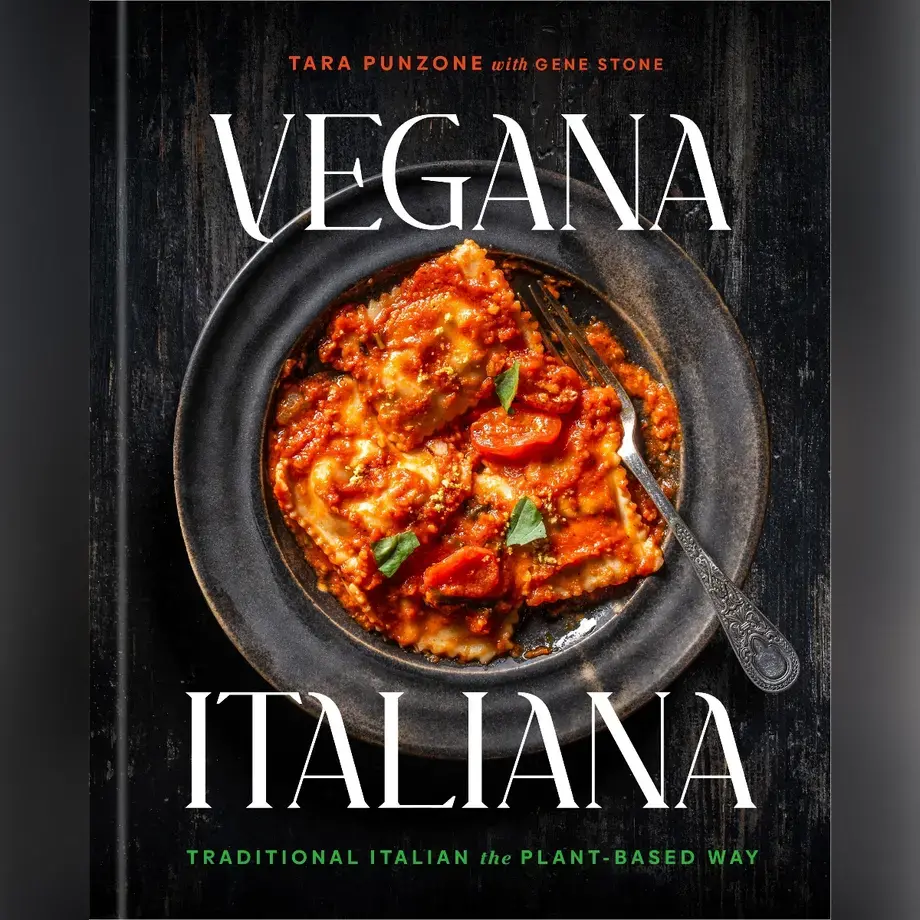Fine Dining Lovers had the chance to participate in a cheese soufflé workshop with Flora Mikula and Mélanie Martin during the Toquicimes festival in Megève, France, this October. The chef and executive chefs, respectively, from Grand Hôtel du Soleil d'Or restaurant, shared their secret to making the perfect cheese soufflé - the French specialty that seems so simple, yet causes so much trouble for budding chefs.
Without further ado, we reveal all their secrets to preparing the perfect cheese soufflé:
Cheese Soufflé Ingredients
As with any recipe, the choice of ingredients is essential for a perfect result. Chef Mélanie Martin recommends choosing a hard cheese, like Beaufort or Emmental, for the best possible results. "Soft cheeses will bring more fat and the texture will be more difficult to control," she explains.
Chefs prefer to use whole or semi-skimmed milk. For the rest of the ingredients, you will need eggs, flour, butter and the spices of your choice (salt, pepper, nutmeg).
The Béchamel
The base of a soufflé is the same as the recipe for béchamel. You will need to start by preparing a roux (a mixture of butter and flour) before adding milk while stirring well with a flexible plastic spatula to obtain a homogeneous sauce. Mélanie Martin recommends heating the ingredients over a very low heat to avoid lumps.
Whipped Egg Whites
Once the béchamel is cooked, add the cheese to melt in the béchamel while still hot, then let cool before adding the egg yolks. "If the mixture is too hot, the yolks will cook in the dough," warns Mélanie Martin.
When the egg whites are whipped sufficiently they should form a 'beak' on the whisk," says Mélanie Martin, who adds that the whites should be gently added twice to the previous preparation, as with a chocolate mousse.
Another important detail: the whipped egg whites will bring air into the dough and thus 'dilute' the taste. So consider seasoning a bit more than usual to get maximum flavour on arrival.
How to butter the moulds
To make sure the soufflé doesn't stick to the moulds, you'll need to butter them. But not any old way. The bottom of the mould can be buttered in the usual way, but the edges must be buttered with a brush up the sides, as illustrated below with chef Mélanie Martin. The vertical lines of the butter on the mould will help the soufflé to rise properly.















